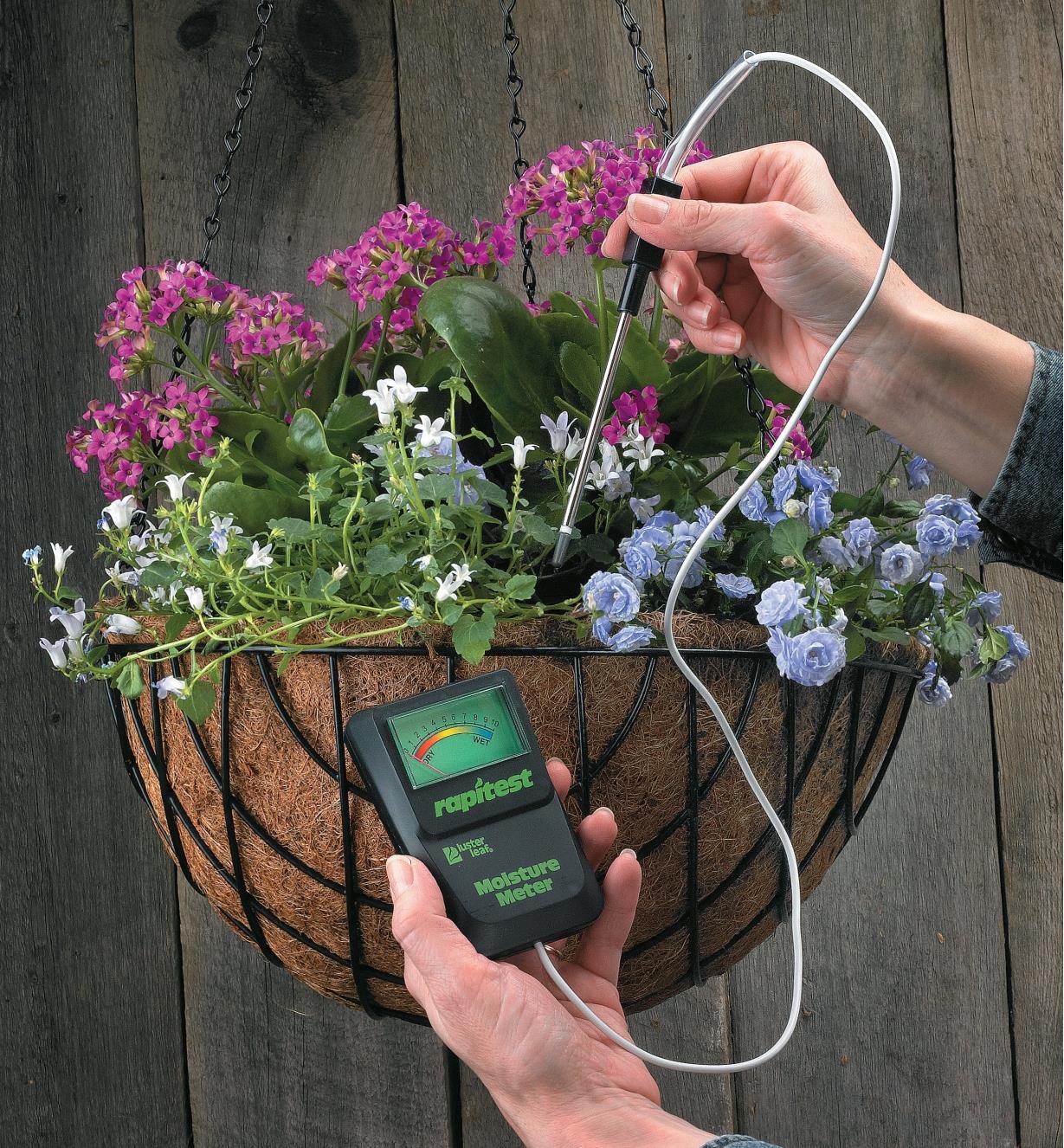How a Moisture Meter Can Boost Your Construction Projects and Protect Against Damage
Wiki Article
Delve Into the World of Moisture Meters: Everything You Need to Know
In the realm of moisture meters lies a globe of accuracy and practicality that commonly goes unnoticed. These devices, while apparently simple, hold a riches of info that can substantially impact different industries and applications. Comprehending just how moisture meters run, the various kinds offered, and their diverse usages can clarify their relevance in guaranteeing high quality and performance. By checking out the intricacies of moisture meters, one can reveal an important tool that transcends simple measurement, using understandings that can make a considerable distinction in numerous areas.Just How Moisture Meters Work
Moisture meters run by gauging the electric conductivity or capacitance of products to determine the dampness material present. These meters are indispensable tools throughout different markets, including agriculture, building, and woodworking. By using various techniques such as pinless or pin-type technology, wetness meters provide precise analyses that aid experts make informed choices.
Pin-type moisture meters work by putting the sharp pins into the material being examined. The electrical conductivity between the pins is then gauged, with higher dampness levels resulting in raised conductivity. Moisture Meter. On the various other hand, pinless dampness meters use electro-magnetic signals to check a larger area without triggering any type of damages to the material's surface. These meters are perfect for quickly examining wetness degrees in big areas or finished items.
Despite the approach utilized, moisture meters play a critical duty in protecting against issues such as mold and mildew growth, structural damages, or product defects triggered by excess moisture. Understanding just how these meters job is essential for ensuring the quality and integrity of products in numerous applications.
Sorts Of Moisture Meters
Offered the essential function wetness meters play in various markets, it is necessary to understand the various kinds offered to professionals for accurately evaluating dampness degrees - Moisture Meter. There are largely 2 primary kinds of moisture meters: pin-type and pinless dampness meters

On the various other hand, pinless moisture meters use electro-magnetic sensor plates to check a larger location of the material without creating any damage. This kind appropriates for swiftly scanning big locations and is commonly used for flooring, wall surfaces, and ceilings. Pinless meters are practical for taking analyses on finished surface areas without leaving any visible marks.
Both kinds of moisture meters have their advantages and are picked based upon the specific needs of the task available. Understanding the distinctions in between these kinds is vital for professionals to make exact dampness analyses.
Applications Throughout Industries
Building and construction experts count on wetness meters to analyze the dampness levels in structure products like timber, drywall, and concrete, which is vital for preserving structural integrity and stopping problems like rot or mold and mildew. The flooring industry utilizes wetness meters to determine the moisture web content in subfloors before setting up different flooring treatments, stopping expensive damages due to excess wetness. In the food industry, dampness meters are utilized to monitor and regulate moisture degrees in products such as grains, nuts, and dried fruits to keep freshness and quality.Tips for Making Use Of Dampness Meters
Make use of the moisture meter's calibration settings to guarantee exact readings when determining the moisture content in various products. Additionally, make sure the meter is established to the right wetness array for the material you are determining to get the most Look At This specific outcomes.When using a pin-type wetness meter, insert the pins to the proper deepness advised for the product being checked. This makes sure that the dampness readings are taken from the proper depth within the material, giving an extra accurate representation of its wetness content. For pinless wetness meters, keep in mind to keep proper contact with the material's surface area to get dependable analyses.
Frequently check and change the batteries in your dampness meter to avoid imprecise analyses due to reduced power. When not in use to extend its life-span and maintain its precision, Shop the meter in a completely dry and safe location. By complying with these tips, you can maximize the efficiency of your moisture meter and acquire precise moisture content dimensions across different materials.
Upkeep and Calibration
To ensure the precision of moisture material dimensions, routine upkeep and calibration of the wetness meter are necessary actions in its appropriate performance. Calibration readjusts the moisture meter to ensure that it gives reliable and constant outcomes.Calibration needs to be done occasionally, especially if the dampness meter is made use of regularly or in important applications where precise measurements are called for. Lots of dampness meters feature calibration tools or can be adjusted by specialist services. Moisture Meter. It is recommended to keep a log of calibration dates and results to track the efficiency of the wetness meter gradually. By preserving and calibrating the wetness meter on a regular basis, customers can trust the precision of the moisture content measurements obtained.
Final Thought

To conclude, dampness meters play an essential function in different industries by great post to read properly gauging the wetness material of materials. Recognizing exactly how these tools work, the various types readily available, and proper maintenance and calibration are necessary for acquiring reliable outcomes. Whether in farming, manufacturing, or building, the usage of wetness meters assists ensure high quality control and efficiency in processes.

In verdict, dampness meters play an important duty in numerous markets by accurately gauging the wetness content of materials.
Report this wiki page